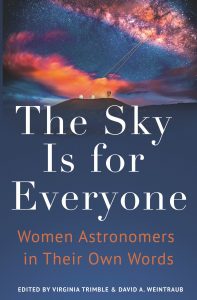 I’m delighted to introduce a fabulous new book, The Sky Is for Everyone: Women Astronomers in Their Own Words. It is an inspiring anthology of writings by trailblazing women astronomers from around the globe. Be sure to add it to your summer reading list and think of it as you gaze upon the stars! You can purchase a copy of The Sky Is for Everyone from Princeton Press or Amazon (hardcover, kindle, audiobook).
I’m delighted to introduce a fabulous new book, The Sky Is for Everyone: Women Astronomers in Their Own Words. It is an inspiring anthology of writings by trailblazing women astronomers from around the globe. Be sure to add it to your summer reading list and think of it as you gaze upon the stars! You can purchase a copy of The Sky Is for Everyone from Princeton Press or Amazon (hardcover, kindle, audiobook).
Don’t miss the special Q&A between the editors below!
The Sky Is for Everyone is an internationally diverse collection of autobiographical essays by women who broke down barriers and changed the face of modern astronomy. Virginia Trimble and David Weintraub vividly describe how, before 1900, a woman who wanted to study the stars had to have a father, brother, or husband to provide entry, and how the considerable intellectual skills of women astronomers were still not enough to enable them to pry open doors of opportunity for much of the twentieth century. After decades of difficult struggles, women are closer to equality in astronomy than ever before. Trimble and Weintraub bring together the stories of the tough and determined women who flung the doors wide open. Taking readers from 1960 to today, this triumphant anthology serves as an inspiration to current and future generations of women scientists while giving voice to the history of a transformative era in astronomy.
With contributions by Neta A. Bahcall, Beatriz Barbuy, Ann Merchant Boesgaard, Jocelyn Bell Burnell, Catherine Cesarsky, Poonam Chandra, Xuefei Chen, Cathie Clarke, Judith Gamora Cohen, France Anne Córdova, Anne Pyne Cowley, Bożena Czerny, Wendy L. Freedman, Yilen Gómez Maqueo Chew, Gabriela González, Saeko S. Hayashi, Martha P. Haynes, Roberta M. Humphreys, Vicky Kalogera, Gillian Knapp, Shazrene S. Mohamed, Carole Mundell, Priyamvada Natarajan, Dara J. Norman, Hiranya Peiris, Judith Lynn Pipher, Dina Prialnik, Anneila I. Sargent, Sara Seager, Gražina Tautvaišienė, Silvia Torres-Peimbert, Virginia Trimble, Meg Urry, Ewine F. van Dishoeck, Patricia Ann Whitelock, Sidney Wolff, and Rosemary F. G. Wyse.
These women were born in the United States, Canada, Mexico, Brazil, Argentina, England, Northern Ireland, Scotland, Netherlands, France, Lithuania, Poland, Greece, Romania, Israel, Zimbabwe, India, Sri Lanka, China and Japan, making the book truly international in representation.
Editors of The Sky Is for Everyone
VIRGINIA TRIMBLE is Professor of Physics and Astronomy at the University of California, Irvine. She was one of the first women to earn a PhD in Astronomy, doing so at CalTech in 1968. She is a member of the National Academy of Sciences, a Fellow of the American Association for the Advancement of Science, the American Physical Society, and the American Astronomical Society, and an Honorary Fellow of the Royal Astronomical Society. Her asteroid is 9271 Trimble.
DAVID WEINTRAUB is Professor of Astronomy, of History, and of the Communication of Science at Vanderbilt University. He is the author of four previous general audience books (Is Pluto a Planet?; How Old is the Universe?; Religions and Extraterrestrial Life: How Will We Deal With It?; and Life on Mars: What to Know Before We Go) and is the editor of the Who Me? series of scientific biographies for young readers.
A conversation between editors Virginia Trimble and David Weintraub
VT: David, why did you choose to write this book on the history of women in astronomy?
DW:: I wanted to write this book because, as Bob Dylan, reminded us, “the times they are a-changin’.” This book is an attempt to record and preserve the history of an important era of social change in the history of astronomy, beginning roughly in the mid-twentieth century and ongoing today. Before the 1970s, very few graduate programs in astronomy offered admission to women, very few major observatories accepted proposals from women, very few telescope were open for use by women, and very few universities hired women onto their faculties. This was true globally. Over half a century, all of that changed. We need to know about, remember, and celebrate the courage of the women who made these changes happen. We also need to understand, from the perspectives of women entering the field of astronomy in more recent decades, about what professional life as a woman in astronomy is like now. This book, I hope, will also inspire another generation of scientists, especially young women who aspire to careers in astronomy, to follow in the footsteps.
DW: Virginia, how did you get involved in this project?
VT: Well, you asked me, and women are generally socialized to agree to do what they are asked. But also it sounded like fun (and it has been) — a chance to connect up with some old friends, make some new ones, and find how things have changed over the past 50 years or so.
VT: Why did you choose a format of a series of chapter-length autobiographies rather than have us, or others, write a series of biographical sketches? And how did you choose your original set of chapter writers?
DW: I felt, deeply, that the stories of these women should be told by them, not by us or any other biographer. These are their stories and so these stories needed to be told as seen through their eyes in their words. For this reason, many women whose stories should be told — e.g., E. Margaret Burbidge, Helen Sawyer Hogg, Cecelia Payne-Gaposhkin, Nancy Grace Roman, Vera Rubin, Giusa Cayrel de Strobel, Beatrice Tinsley — are absent from these pages.
DW: You expanded our list of possible writers to be invited far beyond my starter list. How did you go about doing this?
VT: I had in mind filling in some national gaps (India, China, Japan, and others) — this worked well. I also wanted to fill in some gender gaps (LGBQ+, trans, non-binary) — on this I, well maybe both of us, pretty much failed — and ethnic/racial gaps –– here we were partially successful.
DW: In the end, we extended invitations to 49 women, covering a broad range of ages, countries of origin, education and career, areas of astrophysical expertise, and including as many of the most celebrated and accomplished women of the past half century. We know that the stories of more than a few, extremely deserving women were left out. We deeply regret that. But financial issues constrained the ultimate size of the book. We hoped to have as many as 30 chapters, each of 3,000 words. We ended up with 37 chapters (not including our own introductory and closing chapters), each of, on-average, about 3,500 words. We are grateful to our publisher for recognizing the importance of letting each of storyteller be relatively unconstrained in telling her story in as many words as necessary (within limits!) and to not force us to turn down the stories of any of the women who agreed to participate in this adventure.
DW: Why do you think many agreed to write, and some didn’t?
VT: When I was asked by the PUP folks for a sample chapter, I just sat down at my typewriter (yes, really) and wrote it in an afternoon. Writing a story about myself was fun and easy, and we related my experience to our invitees. A few of our authors must have felt (based on their stories) the same way – “I know about myself; it’s fun to talk about myself; no big deal.” Others have said that they found it painful, or cathartic, or sometimes both, to ‘revisit’ their earlier years and what it took to emerge a success by almost any standard. Of the non-writers, a few apologized for being too busy or being committed to some other autobiographical projects. A few said they would try but missed all possible deadlines. And a few must have thought we were nuts and never even answered.
DW: We think this book represents a special opportunity for each and every writer. For some, it was an opportunity to add to their legacy; for others, it was a chance to tell their stories for the first time. For all our writers, their chapters are opportunities to help preserve a part of history that they all agreed should be preserved. And because they just happened to be among the few who lived that history and often shaped that history, some of them likely felt an obligation to help us create a record of that history. We’re honored that they did so. For more than a few writers, but by no means all, writing was painful. We know this because they told us. These women relived, by relating their histories to our readers, some painful experiences. We are grateful to them for their courage, both in persevering in our profession and in writing their chapters.
VT: Why would anyone want to read this book?
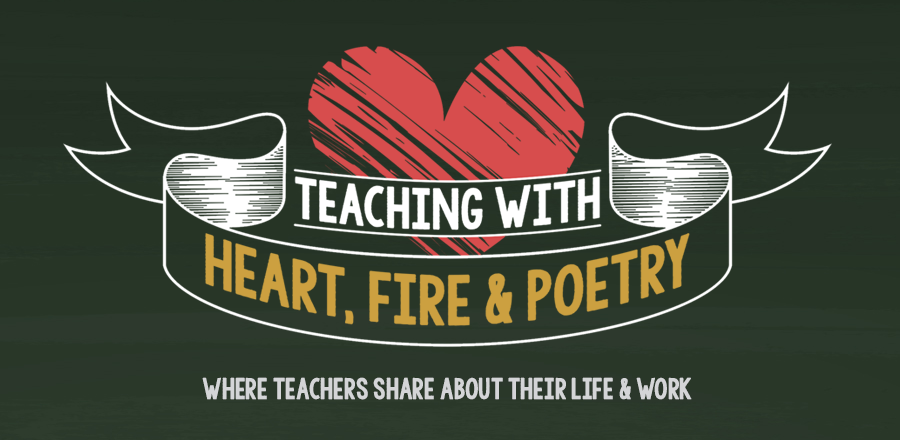
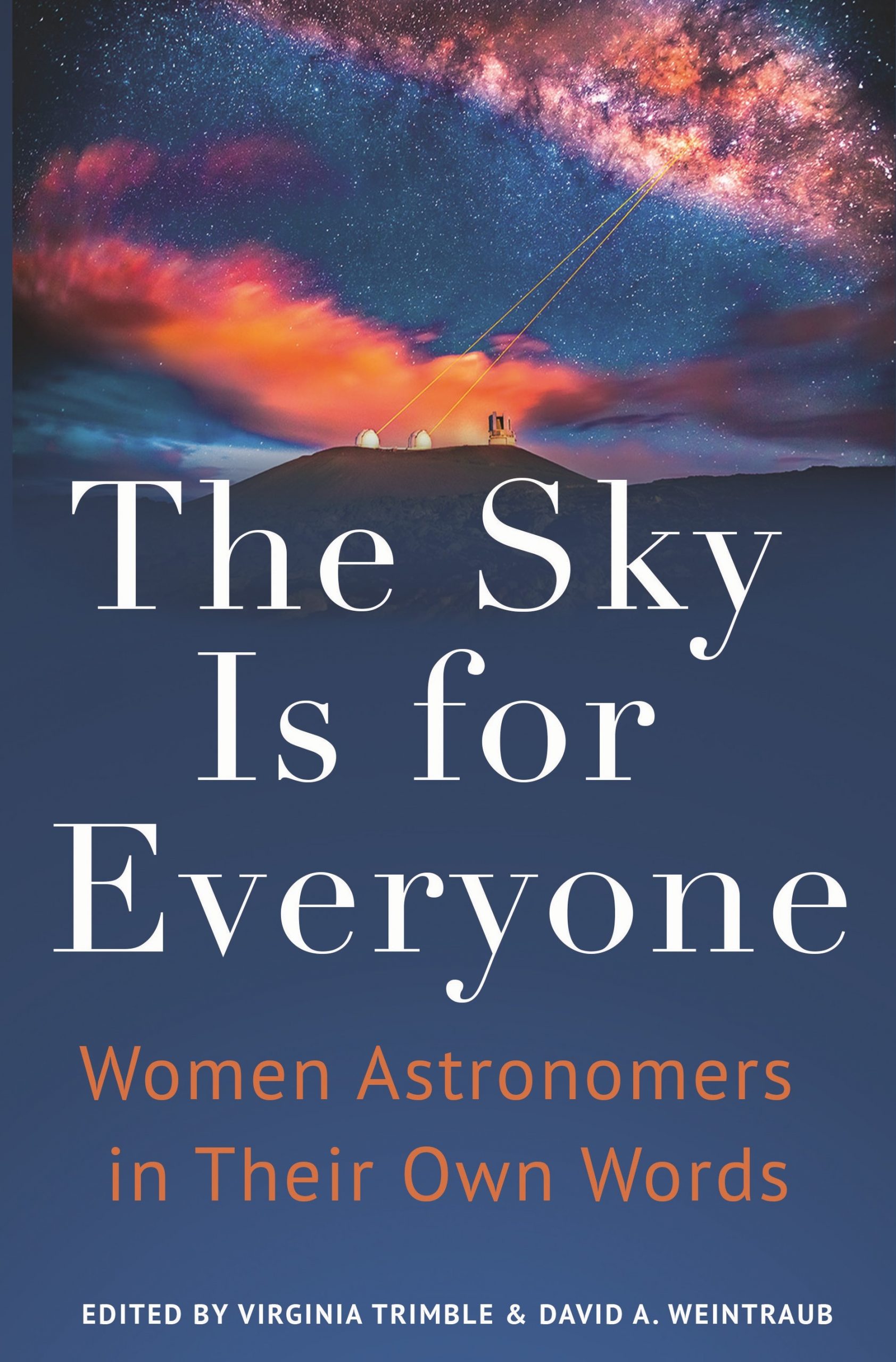
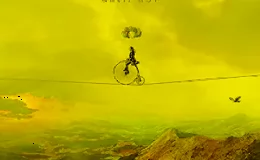
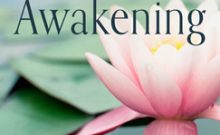
Leave a Comment